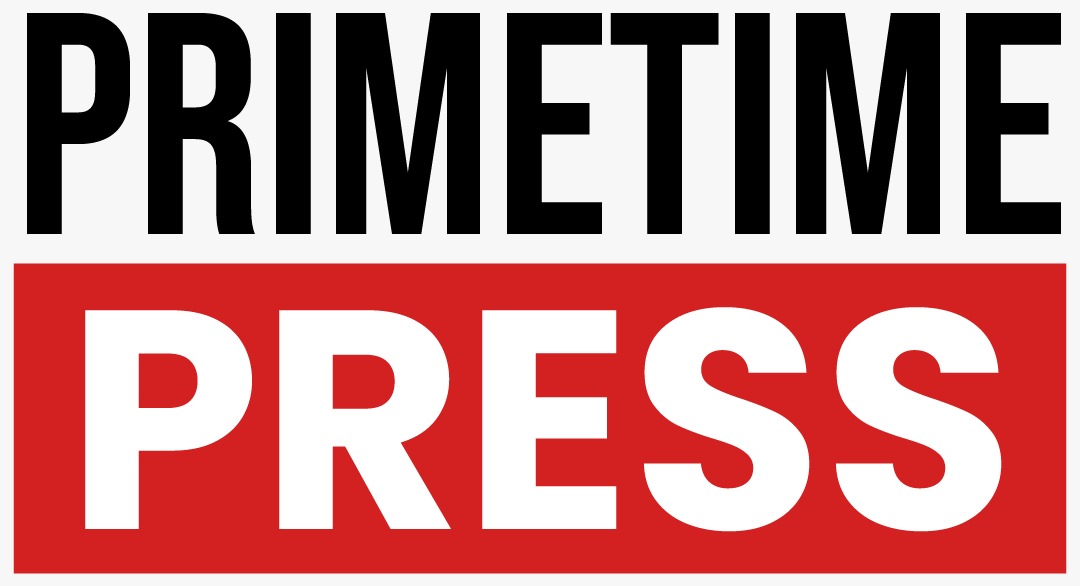Impact of Jayson Tatum’s Injury on Boston Celtics’ Playoff and Future Plans
Author: Kevin Pelton | Date: May 13, 2025, 08:33 PM ET
Tatum’s Injury: A Major Setback
Recent testing confirmed the worst fears for Boston Celtics fans: Jayson Tatum has ruptured his right Achilles tendon. This injury occurred during the fourth quarter of the Celtics’ playoff game against the New York Knicks and puts his availability for the rest of the postseason and potentially the entire 2025-26 season in jeopardy.
Tatum has been a pivotal player for the Celtics, recognized as their leading scorer and a three-time All-NBA first team selection. The consequences of his injury are not only felt in the current playoff series but could also reshape the team’s future strategies.
Current Playoff Challenges
The Celtics now face a daunting challenge, trailing 3-1 in their playoff series against the Knicks. Historically, teams in this position have only a slim chance (approximately 8%) of overcoming such a deficit in a best-of-seven series.
Tatum played a crucial role in Game 4, scoring 42 points, which highlights the difficulty of replacing his productivity. In his absence, Boston will need to focus on their defensive capabilities, particularly by limiting points in the paint and containing New York’s Jalen Brunson.
Long-Term Implications
The Celtics must now consider the implications of Tatum’s injury for their future roster. Typically, players recover from Achilles injuries in about 10½ months, indicating Tatum could miss the entire 2025-26 season. Historical examples suggest that a playoff return has rarely occurred, meaning Boston should prepare for life without their star player.
The financial implications are also significant. With Tatum’s supermax extension scheduled to start next summer, the Celtics already face challenges fitting under the luxury tax line. The team’s financial situation, particularly with veteran Al Horford’s impending free agency, complicates potential offseason moves.
Strategic Adjustments
In light of Tatum’s absence, the Celtics will have to adapt their game strategy. Key players such as Jaylen Brown will be relied upon to take on a larger offensive role, especially since both he and Tatum have been the only Celtics to significantly create their own shots this season.
Furthermore, the Celtics might explore trading options for veterans like Jrue Holiday to reallocate their roster and maintain competitive depth, considering the long-term financial challenges of having two highly paid superstars.
Expectations for Tatum’s Recovery
The return of Kevin Durant after his Achilles injury serves as a reference point for Tatum. Durant successfully returned as an elite player, providing hope for a positive outcome for Tatum as well. However, durability may become a concern for Tatum, who has played more games than any player since joining the NBA.
Once he returns, game management will be crucial; playing limitations might hinder his chances of adding more All-NBA appearances.
Generally, players with a versatile skill set can rebound well after such injuries. Comparisons also exist with players like Klay Thompson and Wesley Matthews, who quickly returned to form post-injury.
Looking Ahead
Despite the severity of Tatum’s injury, it does not necessarily spell the end of his career at a high-performance level. The Celtics will need to navigate the challenges posed by his absence with both immediate tactical adjustments and long-term strategic planning aimed at maintaining competitiveness.
For now, the Celtics face the task of rallying for three consecutive wins against the Knicks to secure their postseason aspirations, all while processing the emotional impact of losing their star player.

